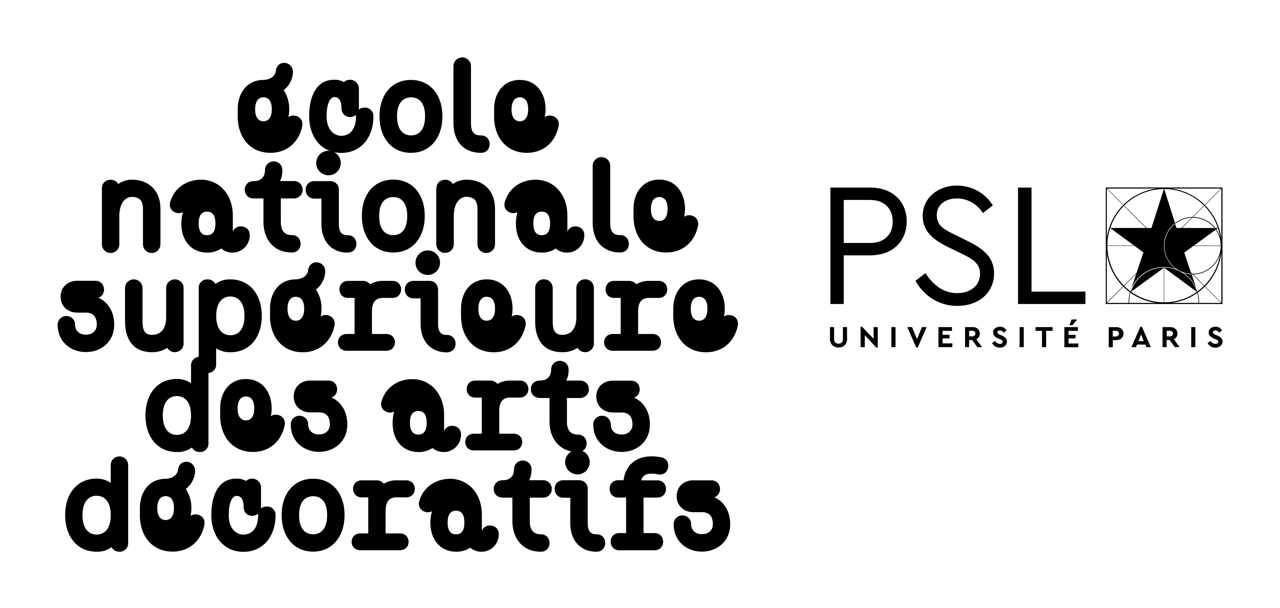
Florent Levillain est chercheur en psychologie cognitive, spécialiste de l’interprétation du comportement perçu. Il est actuellement maître de conférence à l’Université de Technologie de Compiègne (UTC), au sein du laboratoire COSTECH, dans le département Technologie et Sciences de l’Homme. Il a obtenu son doctorat à l’université Paris 8 Saint Denis, après un séjour de recherche à l’International School for Advanced Studies (Trieste, Italie). À la suite d’un séjour postdoctoral à l’université Johns Hopkins (Baltimore, EU), Florent a intégré le groupe de recherche Reflective Interaction pour développer un ensemble de réflexions sur les fondements de l’interprétation du comportement d’objets robotisés. Florent développe en ce moment des méthodes expérimentales pour déterminer le caractère expressif d’un mouvement, ainsi que des modèles théoriques permettant de penser la nature des intuitions ontologiques à l’égard des objets animés. Florent travaille également au développement de paradigmes d’évaluation de l’interaction avec des essaims de robots, ainsi qu’en situation de réalité virtuelle.
Site internet : www.florentlevillain.com
Publications (sélection)
• Levillain, F., & Zibetti, E. (2017). Behavioral artifacts: The rise of the evocative machines. Journal of Human Robot Interaction, 6(1), 4-24.
• Abe, N., Laumond, J-P., & Levillain, F. (2017). Using a dance notation system to generate movements in a humanoid robot: The utility of Laban notation for robotics. Social Science Information, 56(2).
• Levillain, F., Zibetti, E., & Lefort, S. (2017). Interpretating the behavior and interacting with autonomous robotic artworks. International Journal of Social Robotics, 9(1), 141-161.
• Zibetti, E., & Levillain, F. (2016). « Off Road: Profiling the artwork and the audience experience ». In S. Bianchini & E. Quinz (Eds), Behavioral Objects 1. A Case Study: Céleste Boursier-Mougenot. Sternberg Press.
• Bianchini, S., Levillain, F., Menicacci, A., Quinz, E., & Zibetti, E. (2016). « Towards behavioral objects: A twofold approach for a system of notation to design and implement behaviors in non- anthropomorphic robotic artifacts ». In J-P. Laumond & N. Abe (Eds.), Dance Notation and Robot Motion. Springer.
• Bianchini, S., Bourganel, R., Quinz, E., Levillain, F., & Zibetti, E. (2015). « (Mis)behavioral Objects: Empowerment of users vs. empowerment of objects ». In D. Bihanic (Ed.), Empowering Users through Design. Interdisciplinary Studies and Combined Approaches for Technological Products and Services. Springer.
• Levillain, F., & Zibetti, E. (2012). Segmentation et perception intuitive dans l’interprétation de l’action. Quels liens possibles ? Proposition d’un niveau intermédiaire de représentation. L’Année Psychologique, 112(2), 277-308.
• Levillain, F., St-Onge, D., Zibetti, E., & Beltrame, G. (2018). More Than the Sum of its Parts: Assessing the Coherence and Expressivity of a Robotic Swarm. 2018 27th IEEE International Symposium on Robot and Human Interactive Communication (RO-MAN), 583–588. https://doi.org/10.1109/ROMAN.2018.8525640
